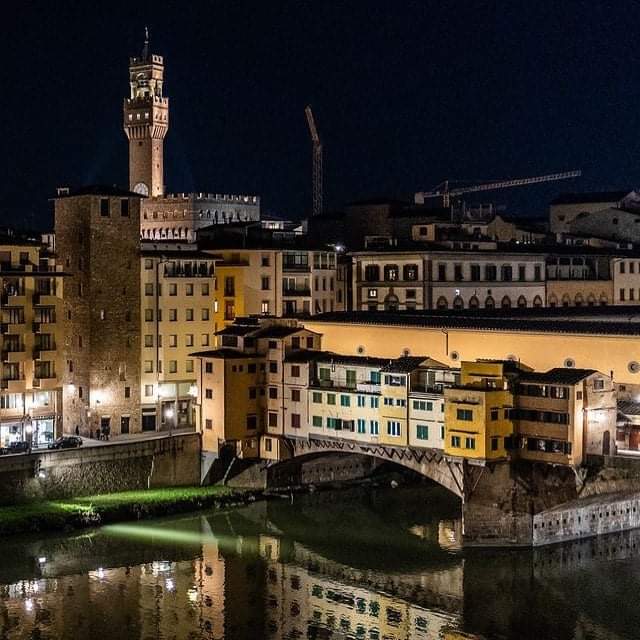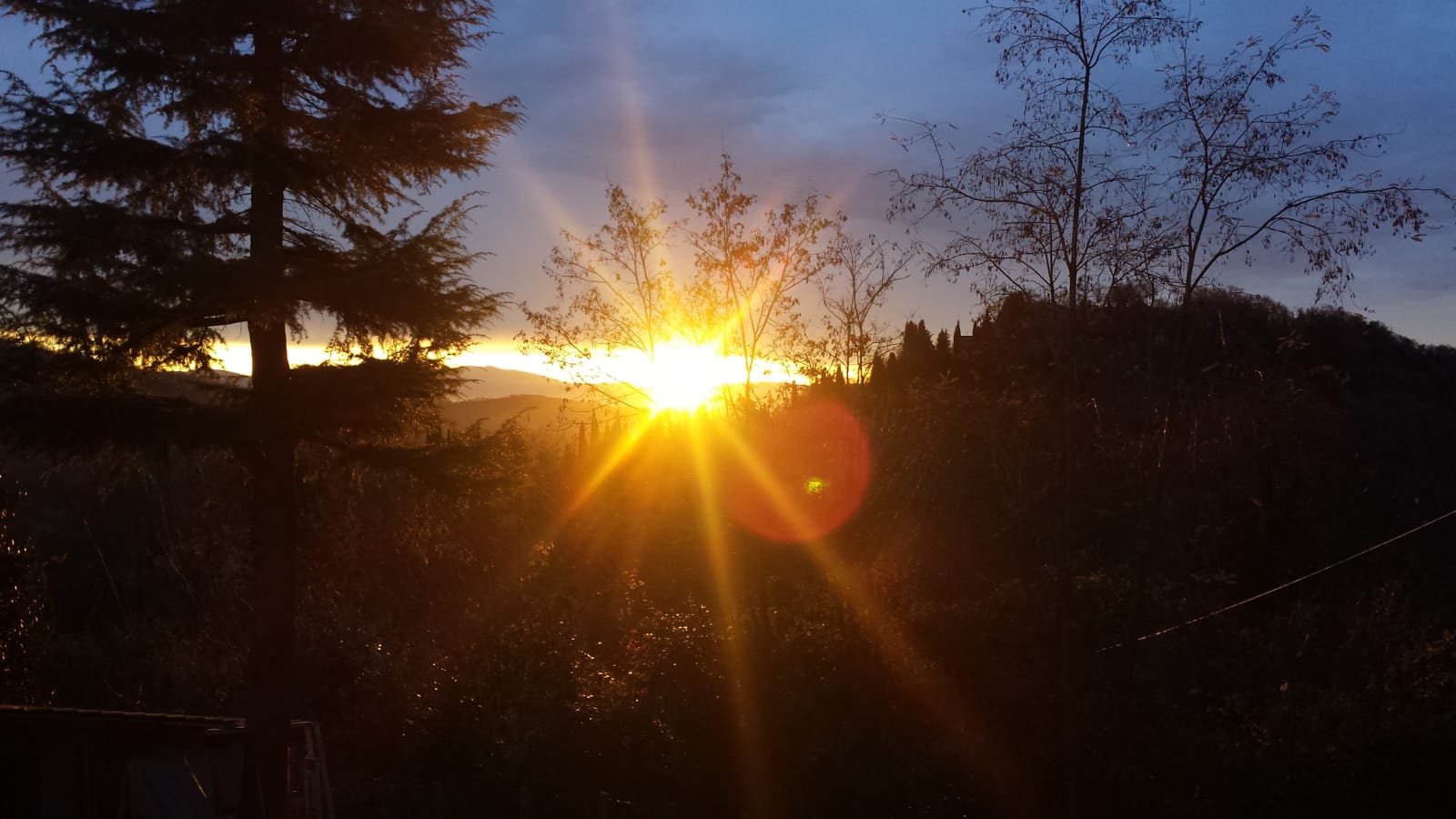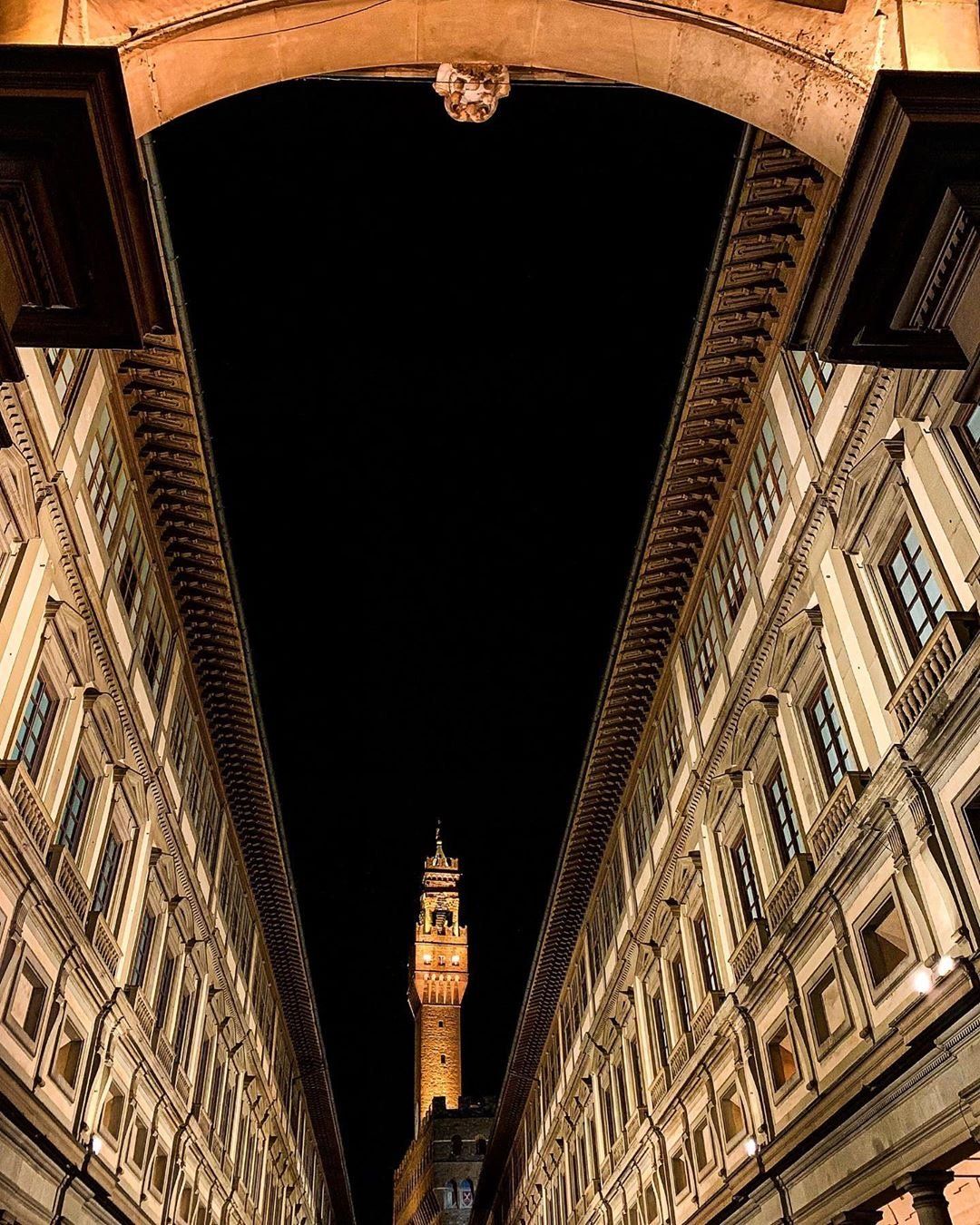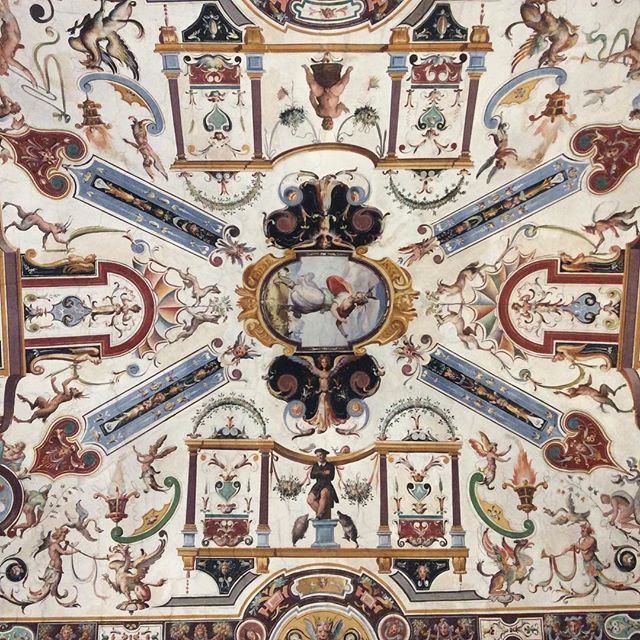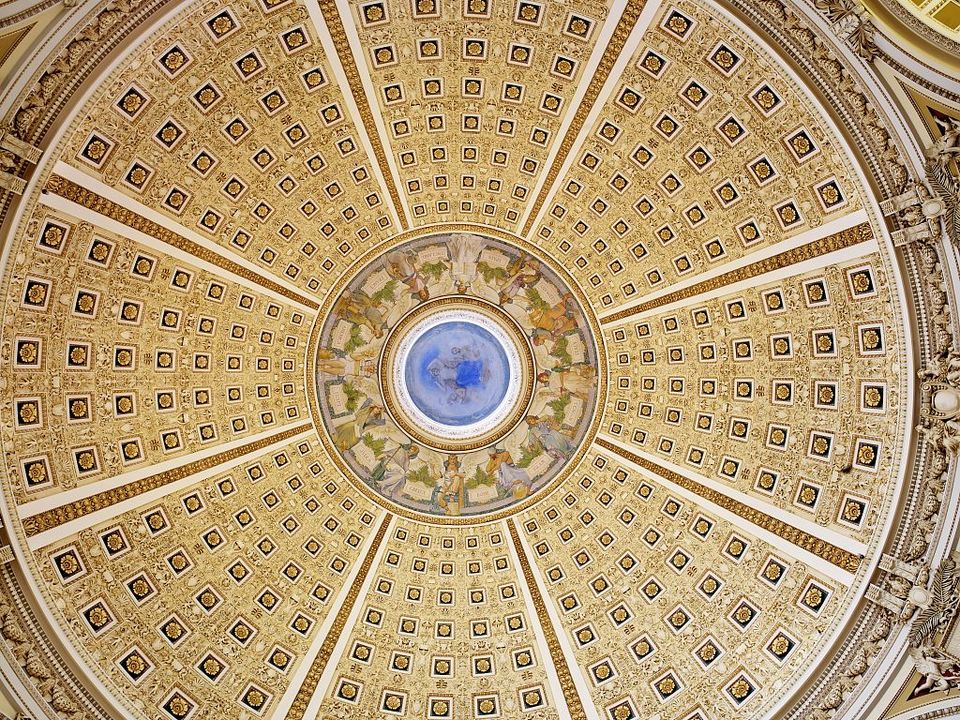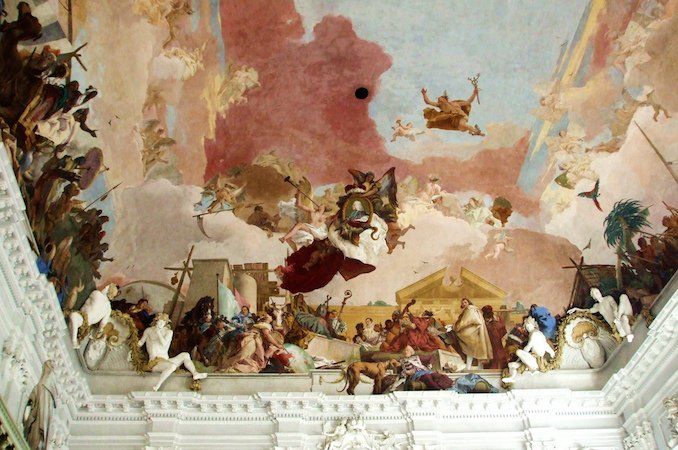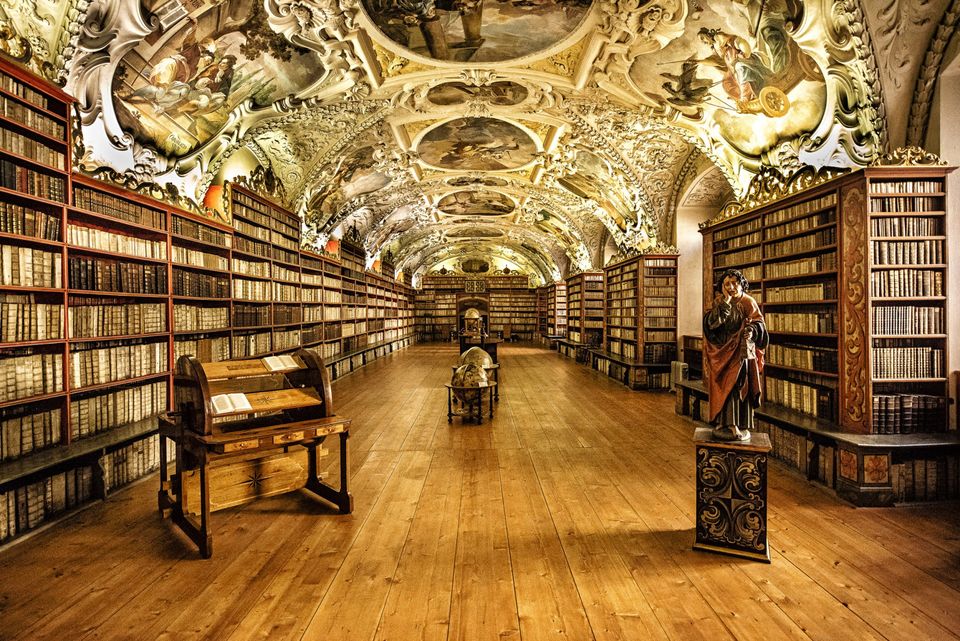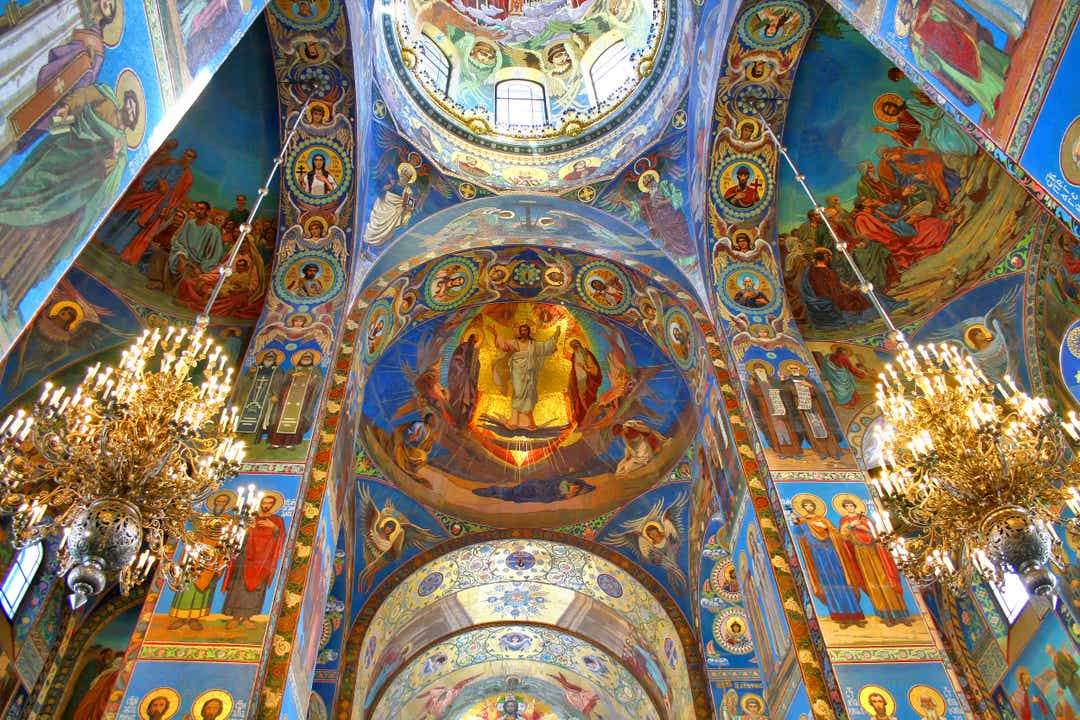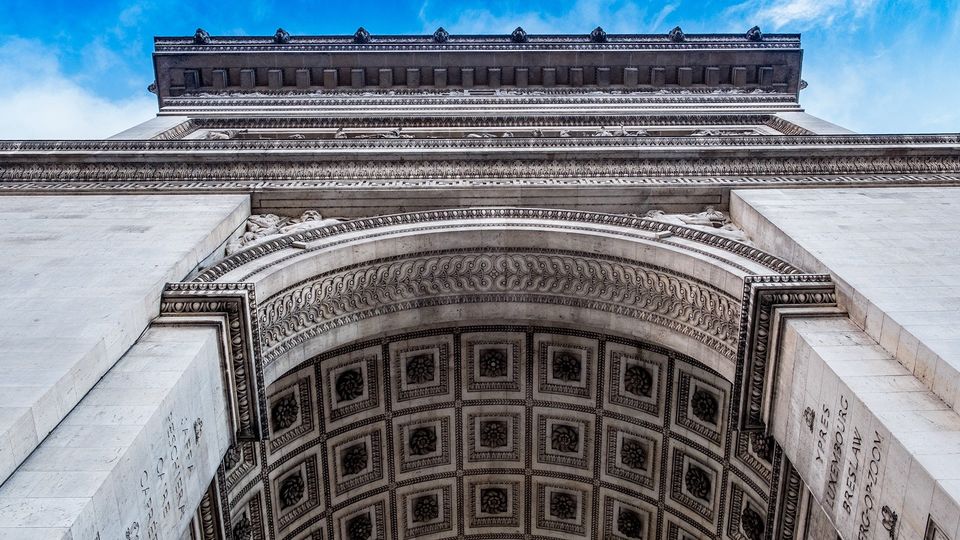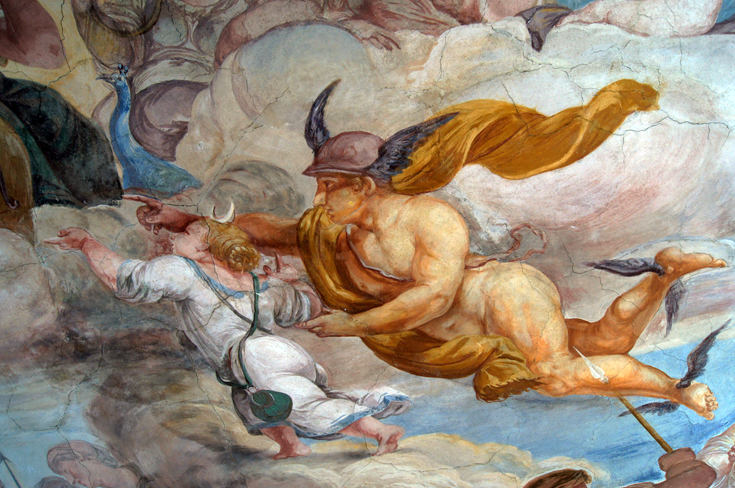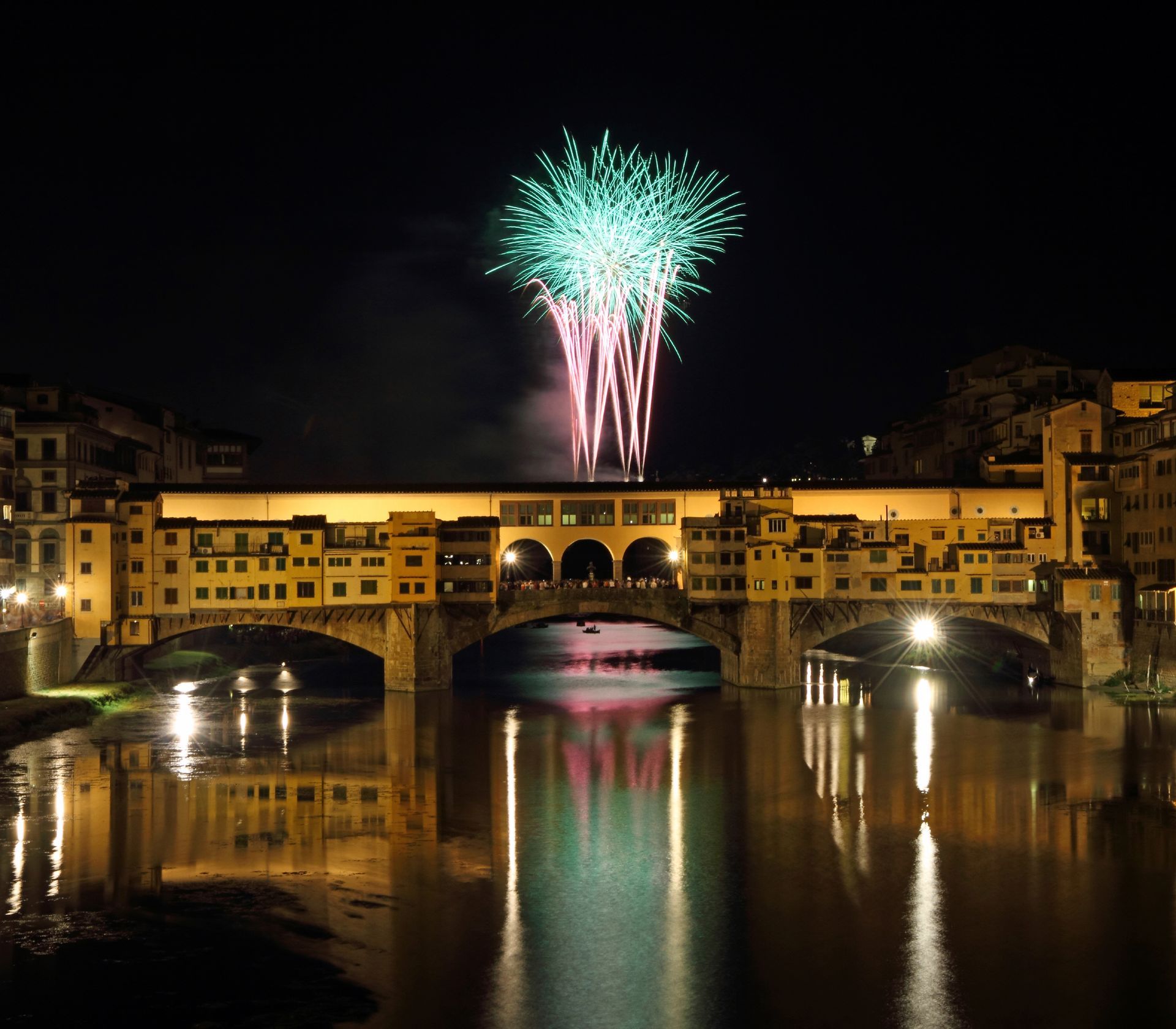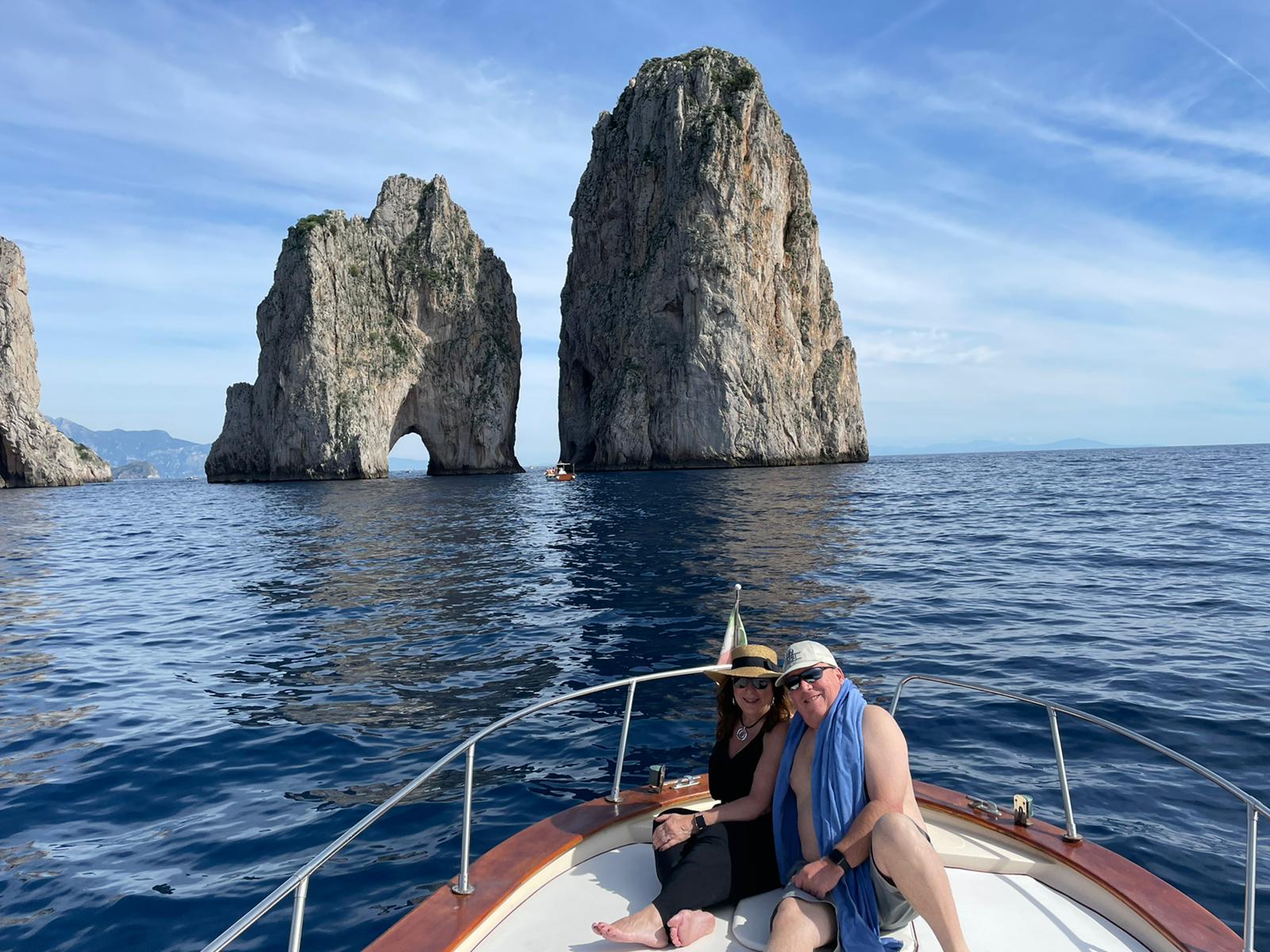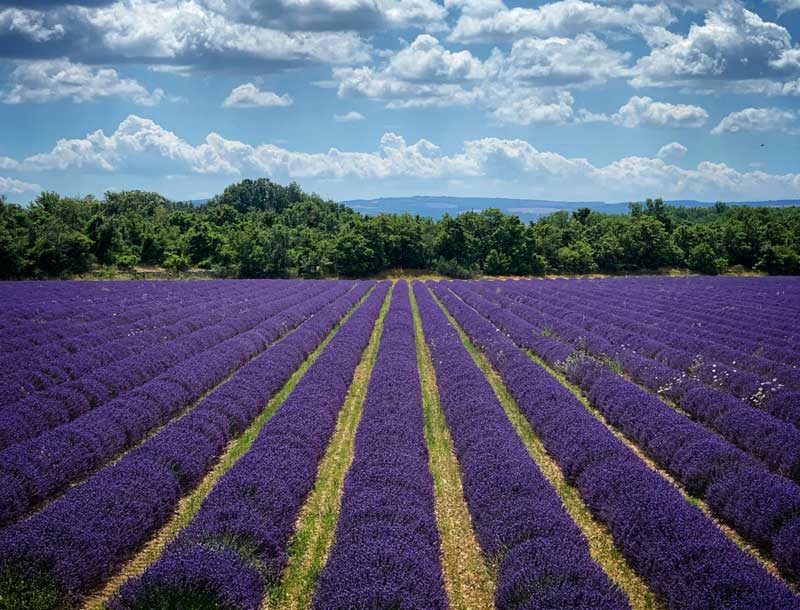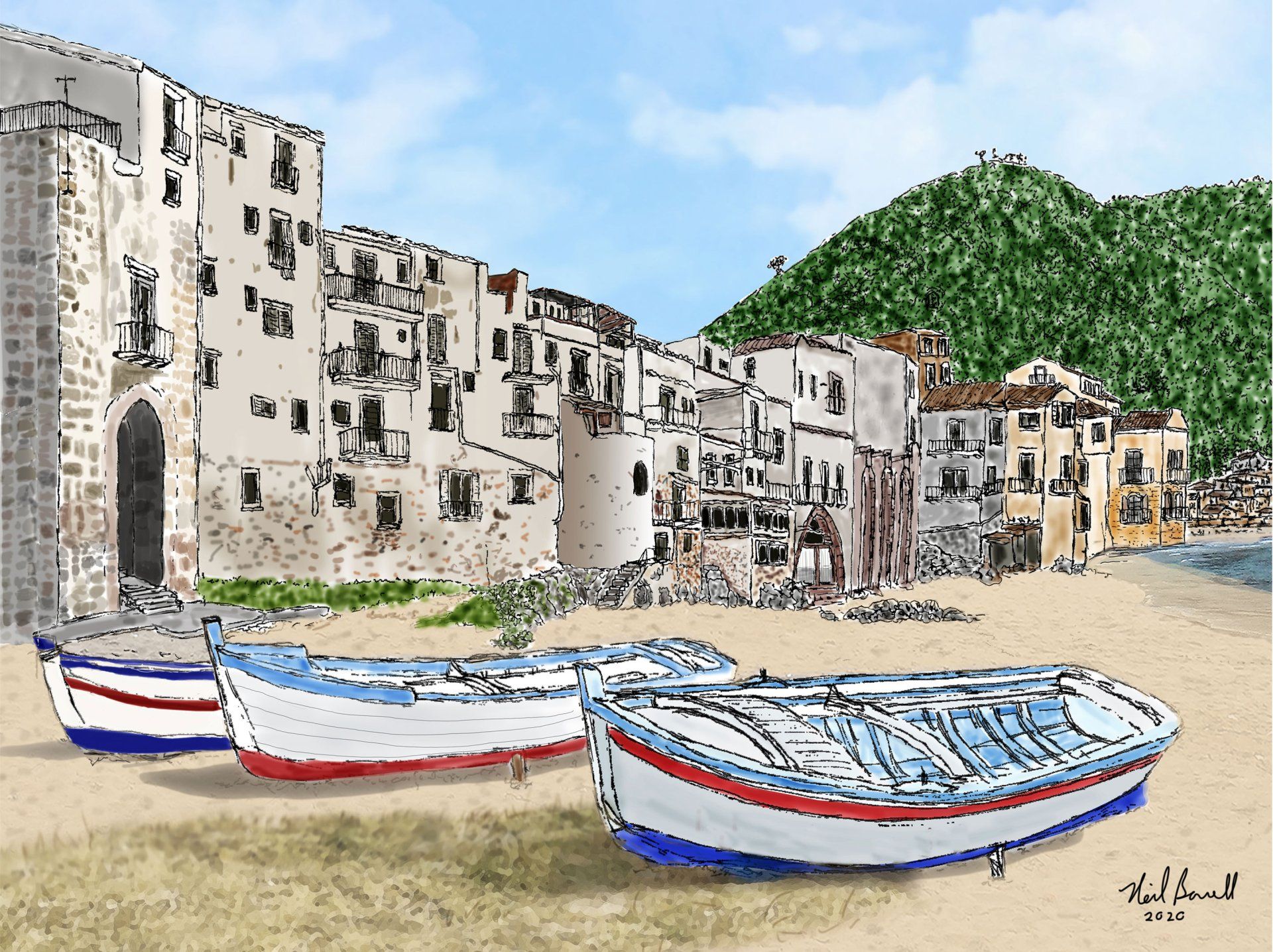One of my most heartfelt pieces of advice to visitors as they begin their adventures is “Look up!” I began urging this after I discovered the frescoes in the East Wing Corridor of the Uffizi Gallery. There is so very much to see in the Uffizi that one is practically panicked to see the Botticellis, the Michelangelos, the da Vincis, the Donatellos, the Giottos…I could go on and on. And they are all breathtaking and absolutely to be seen. But don’t miss looking up! The East Wing Corridor is a marvel in and of itself and worth the price of admission.
... Look Up!!!
The East Wing corridor ceiling was painted in 1580 by Florentine painter Alessandro Allori and his students. He took his cue for the ceiling paintings from the “grotesque” style that was sweeping Europe at the time. This art form had just been rediscovered in the remains of an ancient grotto underneath the Golden House of Nero in Rome. It was a fanciful, decorative type of painting that had been used in the Roman Empire. Nero (AD 37-68) was a big fan of it.
The grotesque East Corridor scenes depict an enormous range of endeavors, including political philosophy, financial success, and Renaissance doctors dissecting cadavers to study anatomy. They show men debating, artists with easels, and musicians playing instruments. One can examine figures representing “Politica” (Politics), “Legge” (Law), “Teologica” (Theology), “Medicina,” “Agricultura,” and “Militaria” as well as “Ospitalità” (Hospitality), “Amore delle Letteratura” (Love of Literature), and “Amor di Patria” (Love of Country). There is even “Fortuna” (Fortune) gazing down upon us.
But you have to look up! In fact, you can sit or lie on one of the many benches along the corridor to better admire these marvels. And yes, it’s worth the neck massage you may opt for after spending time immersed in this fantastical world.
The Uffizi is not the only place where you will be rewarded by looking up. Between 1550 and 1800, mural painting on walls and ceilings flourished throughout Europe. Perhaps the most famous example is Michelangelo’s Sistine Chapel. But you can find them all over the world.
Library of Congress in Washington DC: On the ceiling in the Main Reading Room, in the highest part of the dome, is a painting by noted American muralist Edwin Blashfield. Its central figure is a beautiful female figure representing Human Understanding, in the act of lifting the veil of ignorance and looking forward to intellectual progress. She is attended by two cherubs: One is holding the book of wisdom and knowledge and the other seems, by his gesture, to be encouraging viewers beneath to persist in their struggle toward perfection. Figured around the central figures are twelve seated figures, male and female, arranged against a wall of mosaic patterning. They represent countries, or epochs, which in 1897, when the building was constructed, were thought to have contributed the most to the evolution of western civilization: Egypt represents Written Records; Judea represents Religion; Greece represents Philosophy; Rome represents Administration; Islam represents Physics; The Middle Ages represent Modern Languages; Italy represents the Fine Arts; Germany represents the Art of Printing; Spain represents Discovery; England represents Literature; France represents Emancipation; America represents Science. Unfortunately I was unable to find a close-up picture of the figure Human Understanding. Next trip to Washington!
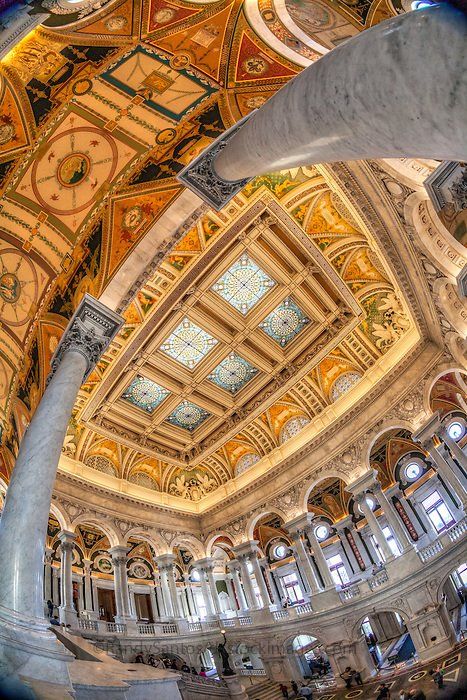
The Great Hall’s ceiling in the Library is decorated with six stained-glass skylights surrounded by names of 10 classic authors. Another beauty worth your admiration.
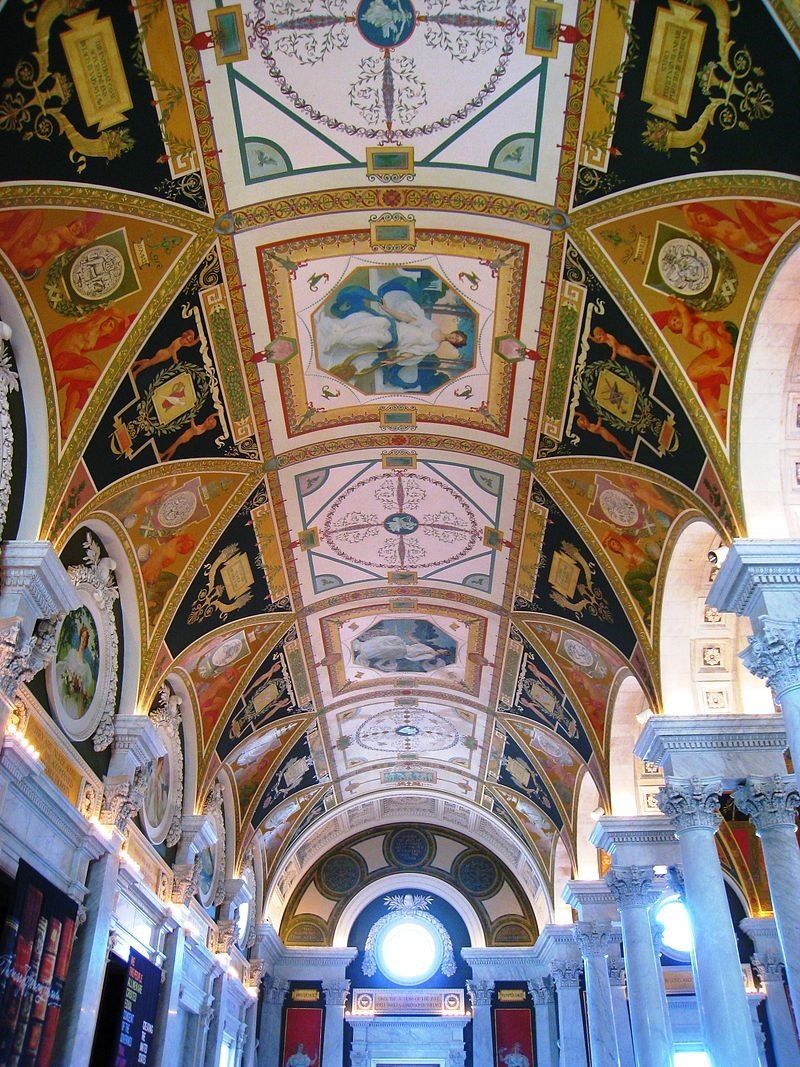
And the corridor is lined with murals.
In the
Residence in Würzburg Germany, once home to prince-bishops, you will find the largest fresco in the world, painted by Venetian painter Giovanni Battista Tiepolo with help from his son Giandomenico. Created between 1750-53 it shows paintings of the four continents: Europe, America, Asia and Africa, each represented by a typical landscape and animals (or the painter's vision of these animals) and a female allegorical figure. Europe holds a sceptre, is symbolized by a bull, and has a boy playing with a cannon. America has natives with feathers, who practice cannibalism of prisoners, and a crocodile. Asia has a tiger and an elephant, with the crosses of Golgotha visible in the background. Africans have a camel and a caravan of turbaned Magi. The fresco also shows Tiepolo himself (in the southwest corner) and Court architect Balthsar Neumann in the center of the southern front, leaning on a cannon.
Chicago Cultural Center, Tiffany art-glass dome: Chicago’s Tiffany glass dome is unquestionably one of the most spectacular ceilings in the Windy City and perhaps the world. At 38 feet (11.58 meters) in diameter and 1,000 square feet (92.9 square meters) total, the colorful dome is a prominent feature of Preston Bradley Hall in the city’s Cultural Center located downtown. Jacob A. Holzer, the leading mosaicist at Tiffany Glass and Decorating Company of New York in the late 1800s, designed the ceiling using roughly 30,000 individual pieces of glass. Each piece is shaped like a fish scale.
Strahov Monastery (Theology Hall), Prague: The library of the Premonstratensian monastery at Strahov in Prague is one of the most valuable and best-preserved historical libraries – its collection consists of approximately 200,000 volumes. The oldest part of the library, the Baroque Theological Hall, was established between 1671 and 1674; the main Classicist vaults of the Philosophical Hall date from 1794 and are two stories tall. Both halls are dominated by Baroque ceiling frescoes by Siard Nosecký and Anton Maulbertsch, each framed by elaborate stucco work.
Church of the Savior on the Spilled Blood, St Petersburg, Russia: This is one of the city's most beautiful and memorable landmarks. It got its name because it was built on the spot where Emperor Alexander II was murdered in 1881. Locals call it "the mosaic church" because the interior is covered with magnificent mosaics, each wall featuring a particular Biblical theme.
Paris: The Arc de Triomphe, like many architectural pieces all over Europe, invites you to look up to enjoy its architectural detail that enhances its overall presentation and effect. Napoleon ordered its construction in 1806 to glorify the Grand Army. Construction commenced in August 1806, was finally was completed in 1830, but it was not opened until 1836. It honors those who fought and died for France in the French Revolutionary and Napoleonic Wars, with the names of all French victories and generals inscribed on its inner and outer surfaces. Beneath its vault lies the Tomb of the Unknown Soldier from World War I.
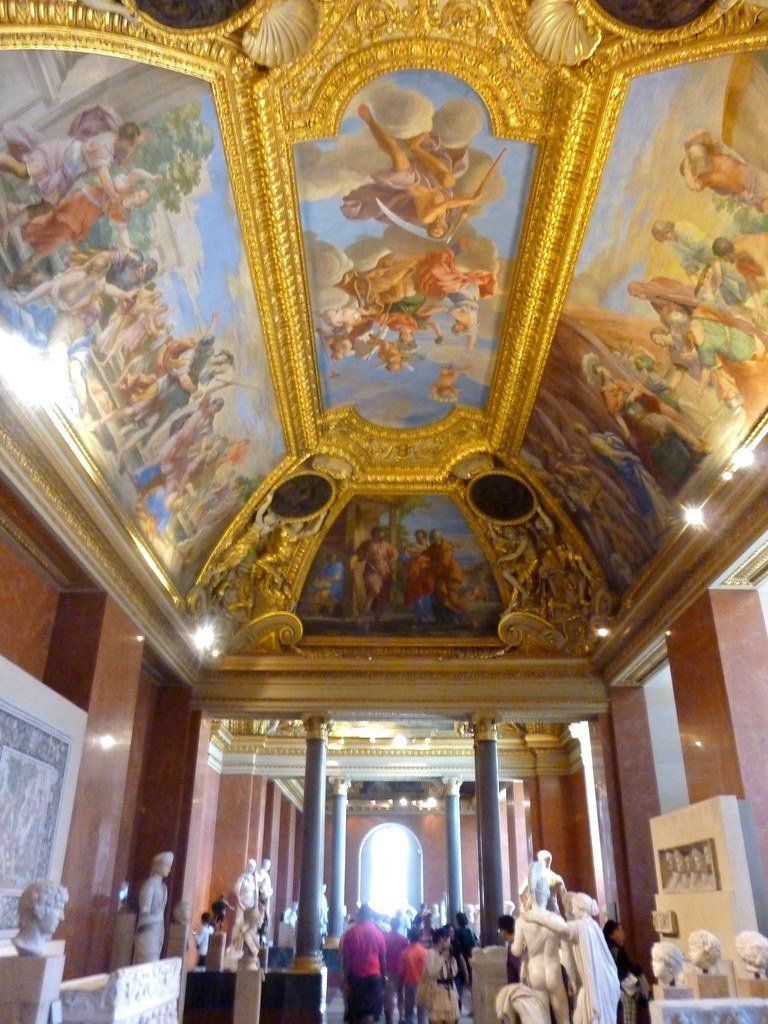
In Paris, the Louvre’s Department of Greek, Etruscan, and Roman Antiquities is home to a collection of artworks representing the Greek, Etruscan, and Roman civilizations; It illustrates the art of a vast area encompassing Greece, Italy, and the whole of the Mediterranean basin, and spans the period from Neolithic times (4th millennium BC) to the 6th century AD. Floating above this collection is a magnificent fresco about which I have been unable to learn details. That, alas, is typical of how many of these artists were/are viewed in many places: They decorate, they don’t make art! I leave you to draw your own conclusions!
So much to see…
There are so many more examples of art hiding in plain sight. Look up, look around, explore niches, examine exteriors and interiors, parks, churches, museums, cemeteries, private homes, government buildings as you wander in cities everywhere. It will enrich your experience and broaden your knowledge of the culture you are exploring.
And hopefully we will all be able to wander as we will in 2021….
